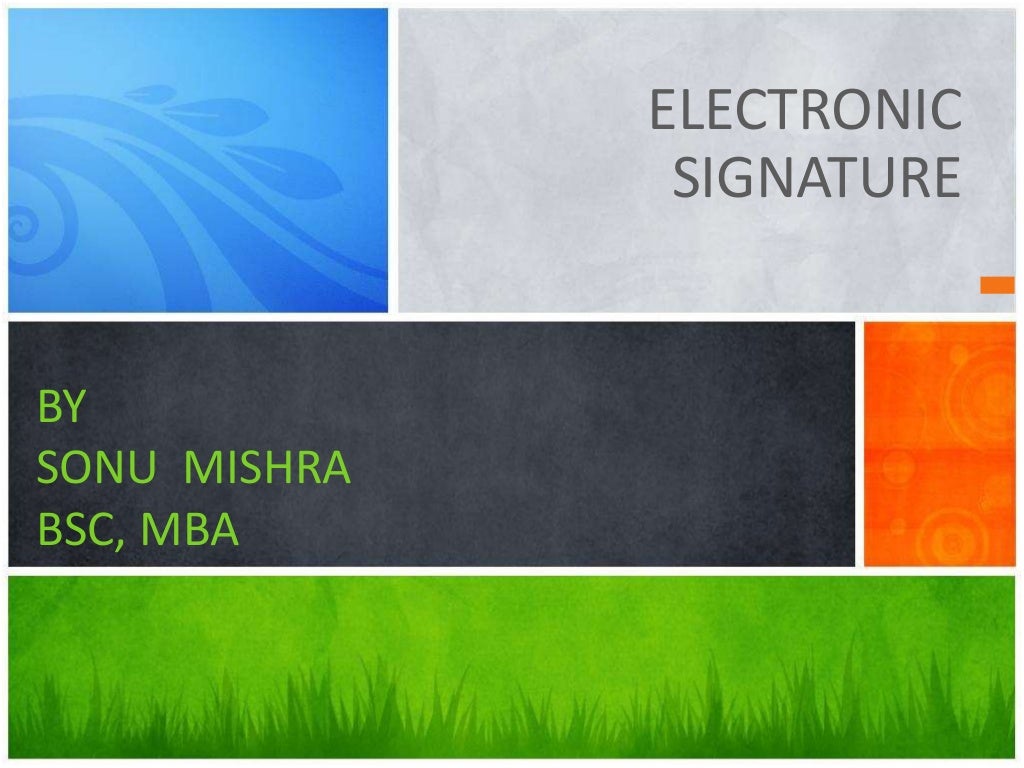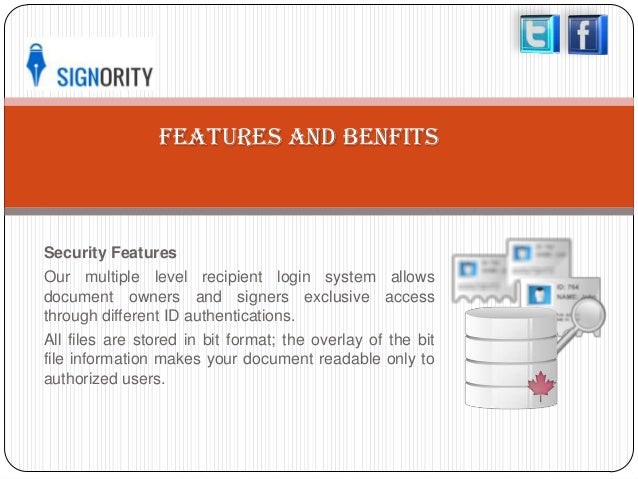
The IRS employee will verbally verify your email address and ask you to send an email to confirm your address. As always, it’s up to you to decide to send or receive documents electronically.īefore we email you, an IRS employee will contact you by phone to verify your identity and get your consent. We’ll never initiate contact with you by email or require you to communicate with us by email.
ELECTRONIC SIGNATURE PASSWORD
Call your IRS employee and give them the password to the encrypted file.Encrypt any attachments you’re sending and protect them with strong passwords.Official IRS email addresses look like this: Sign your documents electronically, if needed. Confirm the IRS employee’s email address, especially if you’re replying to a previous message.Never include sensitive or identifying information in the subject line or body of your email. This will allow them to associate your message with the right case without additional PII. Give the IRS employee your email address by phone, if you have not already done so.To email documents to your assigned IRS employee, you should: If you’re uncomfortable emailing your documents, you can send them to your assigned IRS employee with eFax, established secure messaging systems or mail. You may use your existing email account to send your encrypted documents to your assigned IRS employee at the email address they gave you.

Now you can safely email your document to us.
ELECTRONIC SIGNATURE PDF
Digitally signed PDF documents can’t be encrypted.
ELECTRONIC SIGNATURE PRO
PDF documents: You must have Acrobat Pro or DC to encrypt a PDF. Note that there’s no way to recover a lost password, so if you don’t want to encrypt your original document, you should save the encrypted copy with a new name. Use strong passwords that are at least twelve characters long and include a mix of letters, numbers and symbols.

Each provider has its own instructions to encrypt files: We accept encrypted files in common formats, such as Microsoft Office and Adobe Acrobat. You must encrypt electronically signed documents before you email them to your assigned IRS employee.


This is an exception to our normal policy as outlined in a memorandum PDF issued November 18, 2021. Through October 31, 2023, you and your authorized representatives may electronically sign documents and email documents to us during an audit or collection interaction. We’re working to extend the policy exception to allow you to electronically sign and email documents beyond October 2023 while we develop long-term solutions for these capabilities.


 0 kommentar(er)
0 kommentar(er)
